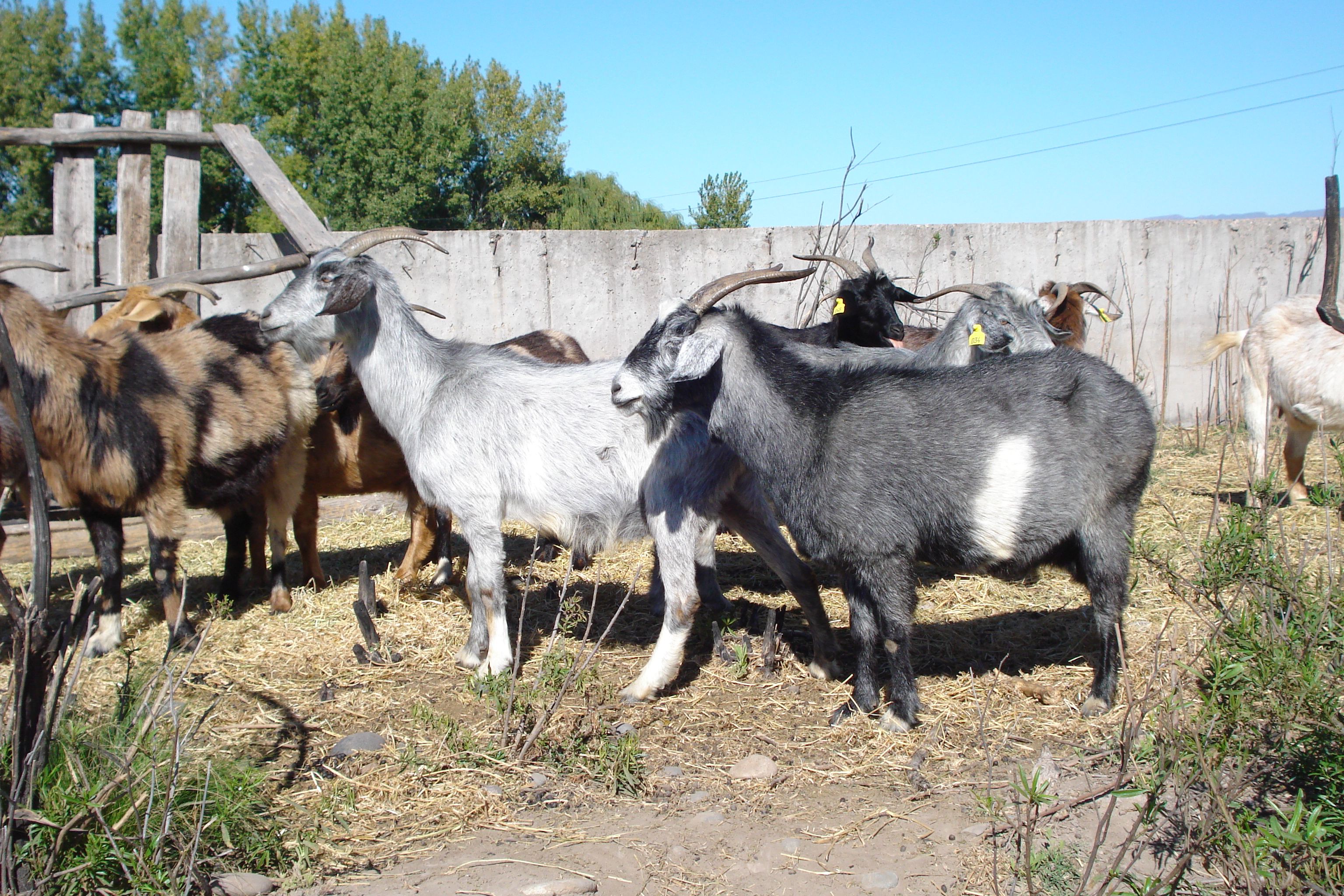Effect of supplementation on some productive parameters in Creole goat in different stage of pregnancy
DOI:
https://doi.org/10.19137/cienvet202325102Keywords:
Creole goat, Supplementation, Weight evolution, ProductivityAbstract
The objective of this trial was to determine the appropriate time to supplement pregnant goats in the San Rafael Department, Mendoza province. 45 adult goats of Creole breed from the South of Mendoza were used. The work was carried out in a ranch in the community of Los Tres Cerritos, located about 110 km south of the city of San Rafael, where extensive goat farming is practiced, with summer transhumance. The first group (GI=n15) was supplemented during the second third of pregnancy, the second group in the last third (GII=n15) and the third one (GIII=n15) was used as a control group. Feeding was carried out extensively and freely, on a recovering natural pasture in the region, which corresponds to a transition zone between the Monte Region and Patagonia. The supplementation consisted, in all cases, on a daily ration of 500 grams of bales of alfalfa and 250 grams of broken corn, upon return from grazing. Goats were weighed with an electronic scale of 100 kg maximum and 50 grams of precision at the time of service, at the end of the second third of gestation, at the end of the third third of gestation, 2 days after calving and at weaning time; while the pups were weighed at birth, 15, 45 and 60 days of age. The experimental design responded to a completely randomized model and the means and standard deviations were studied by Analysis of Variance and Tukey's Test, applying the statistical package InfoStat 2.0.
Downloads
References
2. Morand-Fehr, P.; Sauvant, D. et Brun-Bellut, J. 1987. Recommendations alimentaires pour les caprins. bulletin technique. CRZV. Theix. 70:213- 222.
3. Malick, C.; Kanuja, A. and Pander, B. 1986. A note on the factors affecting preweaning growth in Beetal and Black Bengal kids and their crosses. Animal Production. 43:178-182.
4. Dayenoff, P.; Leguiza, D. y Carrizo, H. 1997. Efecto de la suplementación en cabras gestantes y cabritos durante la lactancia. Proyecto de Experimentación Adaptativa en Caprinos. Unidad de Minifundio. INTA EEA La Rioja. Cuadernos de Divulgación Técnica. 8 pp.
5. Mahboub, H.; Ramadan, S.; Helal, M, and Aziz, E. 2013. Effect of maternal feeding in late pregnancy on behaviour and performance of Egyptian goat and sheep and their offspring. Glob. Vet. 11:168-176.
6. Forbes, J. M. 2007. Voluntary food intake and diet selection in farm animals. CAB International, Wallingford, UK
7. Lima, L. D. 2011. Desenvolvimento e composição química do útero gravídeo, da glândula mamária e as mudanças corporais em cabras durante a gestação. Tese (D.Sc.). Universidade Estadual Paulista, Jaboticabal, Brasi
8. Macedo Junior, G. L.; Benevides, Y. I.; Campos, W. E.; Borges, I.; Rodriguez, N. M. and Ferreira, D. A. 2012. Nutrient intake and digestibility and ruminal rate passage in pregnant ewes. Ciência Animal Brasileira13:429-439.
9. Prezotto, L. D.; Camacho, L. E.; Lemley, C. O.; Doscher, F. E.; Caton, J. S.; Vonnahme, K. A. and Swanson, K. C. 2013. Effects of nutrient restriction on liver and small intestine energy use in pregnant beef cows. p.463-464. In: Energy and protein metabolism and nutrition in sustainable animal production. Oltjen, J. W.; Kebreab, E. and Lapierre, H., Eds. Sacramento, CA, USA
10. Amoah, E. A.; Gelaye, S.; Guthrie, P. and Rexroad Jr., C. E. 1996. Breeding season and aspects of reproduction of female goats. Journal of Animal Science 74:723-728.

Downloads
Published
How to Cite
Issue
Section
License
Al momento de enviar sus contribuciones, los colaboradores deberán declarar , de manera fehaciente, que poseen el permiso del archivo o repositorio donde se obtuvieron los documentos que se anexan al trabajo, cualquiera sea su formato (manuscritos inéditos, imágenes, archivos audiovisuales, etc.), permiso que los autoriza a publicarlos y reproducirlos, liberando a la revista y sus editores de toda responsabilidad o reclamo de terceros , los autores deben adherir a la licencia Creative Commons denominada “Atribución - No Comercial CC BY-NC-SA”, mediante la cual el autor permite copiar, reproducir, distribuir, comunicar públicamente la obra y generar obras derivadas, siempre y cuando se cite y reconozca al autor original. No se permite, sin embargo, utilizar la obra con fines comerciales.








.jpg)

4.png)


7.png)



